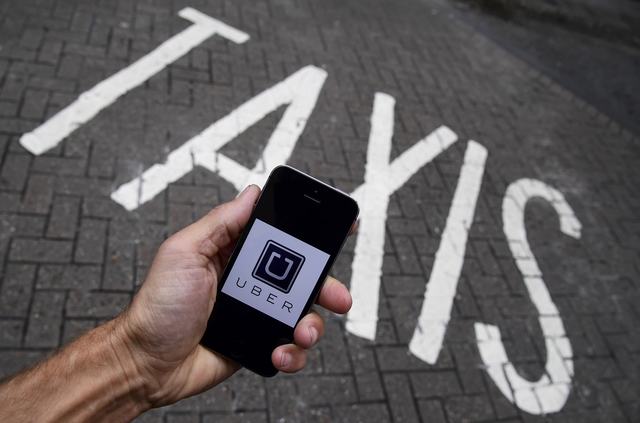Uber used secret tool to evade authorities. The New York Times first reported the existence of the program, called Greyball, which uses data from the Uber app and other methods to identify and circumvent officials who aimed to ticket or apprehend drivers in cities that opposed its operations. Rides hailed from a location near a city enforcement agency suspected of launching a sting to trap Uber drivers could be ignored or canceled, for instance, the Times report said. (http://nyti.ms/2mmTS88) The tool allowed Uber to show images of “ghost” Uber cars on the app or show that no cars were available, according to the newspaper, in order to deceive authorities. Officials in certain cities without a legal framework for ride services have aimed to ticket, tow and impound the cars. It grew out of an effort to protect the app from disruption by competitors and drivers from abuse and, in more rare cases, was also used where there were enforcement stings, she said. Revelations about the Greyball program come after a series of events bringing Uber’s practices into doubt that has raised customer and investor concern. In an email, Uber said the Greyball program “denies ride requests to fraudulent users who are violating our terms of service — whether that’s people aiming to physically harm drivers, competitors looking to disrupt our operations, or opponents who collude with officials on secret ‘stings’ meant to entrap drivers.” The tactic had been scaled back considerably as the company won the right to operate in more places, a spokeswoman added. The program is still being used when drivers are under threat of arrest or other legal punishment in some cities within 15 U.S. states without clear ride-sharing laws, she said, adding that she did not know in which other countries the system is being used. Also announcing his departure Friday was the best-known security researcher at Uber.

Ride services company Uber Technologies Inc [UBER.UL] for years has used a secret tool to avoid authorities in markets where its service faced resistance by law enforcement or was banned, the company confirmed on Friday.
The New York Times first reported the existence of the program, called Greyball, which uses data from the Uber app and other methods to identify and circumvent officials who aimed to ticket or apprehend drivers in cities that opposed its operations.
Rides hailed from a location near a city enforcement agency suspected of launching a sting to trap Uber drivers could be ignored or canceled, for instance, the Times report said. (http://nyti.ms/2mmTS88)
The tool allowed Uber to show images of “ghost” Uber cars on the app or show that no cars were available, according to the newspaper, in order to deceive authorities. Officials in certain cities without a legal framework for ride services have aimed to ticket, tow and impound the cars.
A spokeswoman for Uber said Greyball was still in use, though scaled back. It grew out of an effort to protect the app from disruption by competitors and drivers from abuse and, in more rare cases, was also used where there were enforcement stings, she said.
Meanwhile, Uber’s best-known security researcher and vice president of product and growth resigned on Friday, without giving reasons. It was unclear if the departures were connected to Greyball.
Revelations about the Greyball program come after a series of events bringing Uber’s practices into doubt that has raised customer and investor concern.
Those include allegations of sexual harassment that prompted an internal investigation at the company, a video of Chief Executive Travis Kalanick arguing with an Uber driver that led him to make a public apology and pledge to “grow up”, and a lawsuit by Alphabet Inc’s self-driving car unit, Waymo, accusing Uber of stealing designs for technology for autonomous cars….

COMMENTS